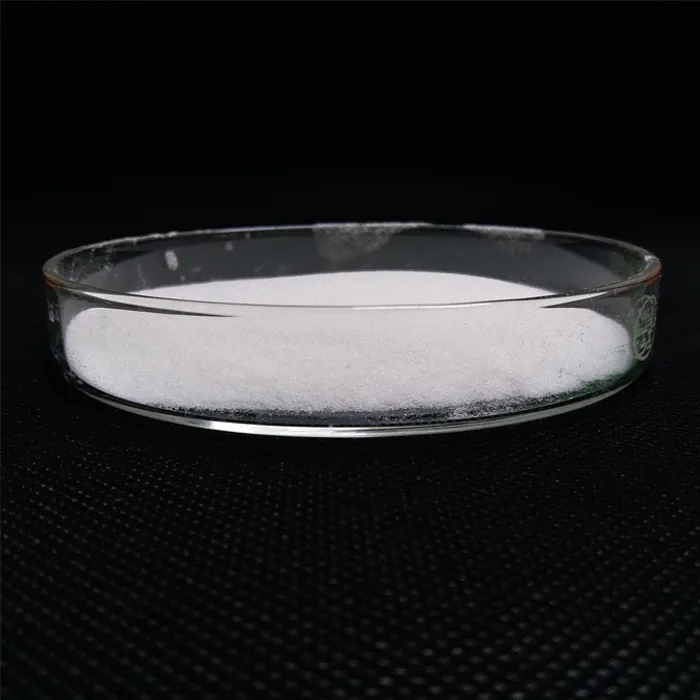Closed Loop Water Treatment Chemicals Ensuring Efficiency and Sustainability
Closed loop water treatment is an essential process in various industrial applications, including power generation, manufacturing, and HVAC systems. This method recycles water within a system, minimizing consumption and reducing wastewater discharge. However, to maintain optimal performance and prevent issues such as scaling, corrosion, and microbial growth, the use of specific treatment chemicals is crucial. This article delves into the significance of these chemicals, the challenges they address, and their role in promoting sustainability.
The Importance of Closed Loop Systems
Closed loop systems are designed to reuse water by circulating it within a closed circuit. This approach is beneficial for several reasons it reduces the demand for freshwater, lowers operational costs, and minimizes environmental impact. However, without proper treatment, water quality can deteriorate, leading to inefficiencies and operational failures. Therefore, the addition of appropriate chemicals is vital for maintaining system integrity and performance.
Common Challenges in Closed Loop Systems
1. Scaling One of the most common challenges faced in closed loop systems is the buildup of scale. Minerals such as calcium and magnesium can precipitate out of solution, leading to fouling of heat exchangers and pipes. This not only impedes water flow and reduces heat transfer efficiency but can also damage equipment over time.
2. Corrosion The metal components in a closed loop system are susceptible to corrosion, particularly when interacting with aggressive chemicals or microbiological activity. Corrosion can lead to leaks and equipment failure, ultimately resulting in costly repairs and downtime.
3. Microbial Growth Closed systems, especially those with stagnant water, can become breeding grounds for bacteria, algae, and fungi. Biofilm formation can drastically affect system efficiency and present health risks if untreated.
Chemicals Used in Closed Loop Water Treatment
closed loop water treatment chemicals

To combat these challenges, a variety of chemicals are employed in closed loop water treatment
1. Scale Inhibitors These chemicals, such as phosphonates or polyacrylic acid, are designed to prevent scale formation by interfering with the crystallization of minerals. By keeping these minerals in solution, scale inhibitors help maintain efficient operation and extend the lifespan of equipment.
2. Corrosion Inhibitors Compounds such as azoles or sodium nitrite are used to create a protective film on metal surfaces, reducing the likelihood of corrosion. These inhibitors are essential for preserving the integrity of pipelines and heat exchangers.
3. Biocides To control microbial growth, biocides, including quaternary ammonium compounds or chlorine dioxide, are introduced into the system. These chemicals help prevent biofilm formation and ensure that water remains free from harmful microbes.
4. pH Adjusters Maintaining the right pH level is crucial in closed loop systems. pH adjusters, such as sodium hydroxide or sulfuric acid, are used to optimize conditions for other treatment chemicals, enhancing their effectiveness.
Promoting Sustainability with Closed Loop Systems
The integration of closed loop water treatment chemicals in industrial processes not only addresses immediate operational challenges but also contributes to long-term sustainability goals. By reducing freshwater consumption and minimizing waste, industries can significantly lower their environmental footprint. Moreover, proactive treatment practices help ensure compliance with regulatory standards, promoting a responsible approach to water management.
In conclusion, closed loop water treatment chemicals play a pivotal role in the efficient operation of industrial systems. By addressing scaling, corrosion, and microbial growth, these chemicals enhance system reliability and performance while supporting sustainability initiatives. As industries continue to face increasing pressure to conserve resources, the importance of effective closed loop water treatment cannot be overstated.

